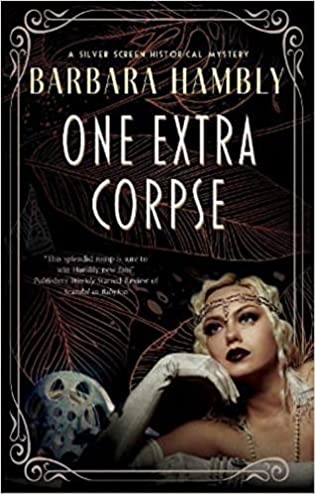 One Extra Corpse (Silver Screen Historical Mystery #2) by Barbara Hambly
One Extra Corpse (Silver Screen Historical Mystery #2) by Barbara Hambly Format: eARC
Source: supplied by publisher via NetGalley
Formats available: hardcover, ebook, audiobook
Genres: historical fiction, historical mystery, mystery
Series: Silver Screen Historical Mystery #2
Pages: 256
Published by Severn House on March 7, 2023
Purchasing Info: Author's Website, Publisher's Website, Amazon, Barnes & Noble, Kobo, Bookshop.org, Better World Books
Goodreads
Hollywood intrigue, glamor . . . and murder: Enter the roaring twenties in this thrilling Silver Screen historical mystery, starring two very different female sleuths.
May, 1924. It's been seven months since young British widow Emma Blackstone arrived in Hollywood to serve as companion to Kitty Flint: her beautiful, silent-movie star sister-in-law. Kitty is generous, kind-hearted . . . and a truly terrible actress. Not that Emma minds; she's too busy making her academic parents turn in their graves with her new job writing painfully historically inaccurate scenarios for Foremost Studios, in between wrangling their leading lady out of the arms of her army of amorous suitors.
So when one of Kitty's old flames, renowned film director Ernst Zapolya, calls Emma and tells her it's imperative he meet with Kitty that morning, she's not surprised. Until, that is, he adds that lives depend on it. Ernest sounds frightened. But what can have scared him so badly - and what on earth does cheerful, flighty Kitty have to do with it?
Only Ernest can provide the answers, and Kitty and Emma travel to the set of his extravagant new movie to find them. But the shocking discovery they make there only raises further questions . . . including: will they stay alive long enough to solve the murderous puzzle?
My Review:
One Extra Corpse, like its predecessor Scandal in Babylon, strips away the phony tinsel of Hollywood to find the real dirty, bloody tinsel underneath.
It’s 1924, just one month after the events of the first book in the Silver Screen Historical Mystery series, Emma Blackstone has mostly settled herself into her new life in Hollywood as her movie star sister-in-law’s general factotum and keeper of all secrets as well as caretaker of both Kitty Flint AND her three pampered Pekingese dogs, Chang Ming, Black Jasmine, and Buttercreme.
Managing Kitty also comes with a bit of tinsel-making of Emma’s own. She’s regularly employed – and sometimes just plain used – as a scene doctor for movie scripts during these frenetic-paced early days of the silver screen – and occasionally as a social prop for a gay actor who needs to be seen with a woman to protect his image.
Days that may be silent on film but are filled with noise, chatter and above all gossip behind the scenes. Gossip that all too frequently includes who’s sleeping with whom this week – as opposed to last week or next week – as the star-making machinery of Hollywood seems to be fueled by equal parts sex and addiction.
The addiction of entirely too many actors to their drugs of choice – frequently provided by their studios, the addiction of the studios to making money and controlling their actors so that they can keep making that money, and the addiction of the general public to movies as well as gossip about their favorite stars.
No one wants a dead body on the set, not when that dead body belongs to a big name movie director and when it’s all too clear that the man was murdered. Quite possibly by his over-acting, downright histrionic current wife. Who had plenty of motives and no alibi.
But she’s a star in her own right, and her studio doesn’t want to ruin her box-office potential. She makes them too much money to be a murderer, and the police have been paid plenty to make sure she doesn’t get labeled as one. The studios have handed the police a neat-and-tidy case with a tailor-made perpetrator. They can afford to sacrifice an extra to keep one of their stars out of trouble.
Which is where Emma and Kitty get themselves involved. They were on the scene because the victim had something important he wanted to tell Kitty. Who was one of his many, many ex-lovers, just as he was one of hers. Of course, he was killed before he could tell them whatever-it-was, otherwise there wouldn’t be a case to investigate.
And there so very much is. Not the case of a jealous wife, tempting though it was. Or at least Emma is sure that isn’t the solution – not when the Bureau of Investigation (the FBI before it became the FBI) seems to have searched Kitty’s house looking for something, and mysterious thugs make multiple attempts to murder one or both of them.
All while a desperate young woman is on the hook for a murder that she couldn’t possibly have committed. Or could she?
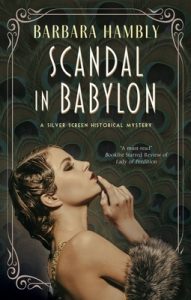 Escape Rating A: This was surprisingly meaty for a book whose cover kind of screams camp with vamp, but then, the silent movie era did have to maximize flash and style to convey emotion. After all, the characters couldn’t use their own words, or even the scriptwriter’s words.
Escape Rating A: This was surprisingly meaty for a book whose cover kind of screams camp with vamp, but then, the silent movie era did have to maximize flash and style to convey emotion. After all, the characters couldn’t use their own words, or even the scriptwriter’s words.
What makes this story so good, and kind of rocks the reader on their heels at the end, is the way that it gets deep into how the sausage-machine of moviemaking worked then – and probably still does now to a greater extent than we like to think about while we’re watching the latest hit.
This story looks hard at the human cost of all that “entertainment”. When that director is killed on set, he dies in the middle of directing a climactic battle scene in his last picture. A scene that uses real bullets fired hopefully above the heads of real people while the inevitable stampeding horses are harnessed into a rig that is guaranteed to bring them down in a crash of heavy bodies on spindly legs that will look great on film. That some of those extras will need to be carried off on stretchers, and that some of the horses will be crippled and shot afterwards, is considered just part of the cost of making movies.
Nobody cares who or how many die as long as it can be hushed up and the show goes on. Which is what the case turns out to be all about in the end.
But it middles in a whole lot of the real issues of the time, in Hollywood and elsewhere. Particularly, in this case, the growing “Red Scare” about communism and socialism in Hollywood, and the lengths the government will go to suppress it, the adults who briefly flirted with it in their misspent youths will go to escape their pasts, and how far some will go to keep their secrets – or the secrets of their own, currently imploding, government.
As the story whipsaws the reader back and forth from the froth of Hollywood to the hamfisted murder investigation to the all-too-real threats to Emma’s and Kitty’s life and liberty, it’s impossible to stop turning pages to find out not just whodunnit but what they done and why they did it.
Most people read mysteries for what has been called “the romance of justice”, that guarantee that good will triumph and evil will get its just desserts. One Extra Corpse doesn’t deliver on the whole of that promise, but it delivers as much justice as was possible and definitely satisfies in that delivery just the same.
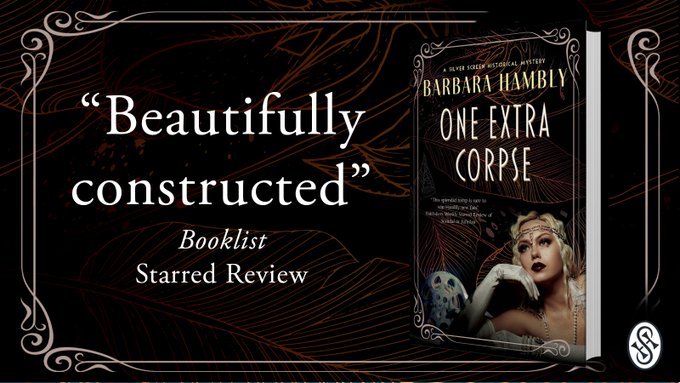
~~~~~~ GIVEAWAY ~~~~~~
Today is the first day of Reading Reality’s Blogo-Birthday Celebration Week. There will be giveaways every day this week, and I wanted to get the week started with a real bang.
Barbara Hambly is an author who I’ve been reading and following for more than 40 years, since her first book, The Time of the Dark. Over those decades she has written epic fantasy, urban fantasy, paranormal that verges on horror, and historical mystery. While I haven’t read EVERYTHING she’s ever written, I’ve read and loved some of everything she’s turned her hand to, and am looking forward to more to come as I expect Emma and Kitty have plenty more cases coming in their future. At least I certainly hope so.
As is my custom, TWELVE YEARS now and counting, I’m giving things away for this combined blogoversary and birthday week. Today’s giveaway is the winner’s choice of any one of Barbara Hambly’s books, in any format, up to $30 (US) so that includes One Extra Corpse.
Good luck with today’s giveaway and remember that there’s more to come!


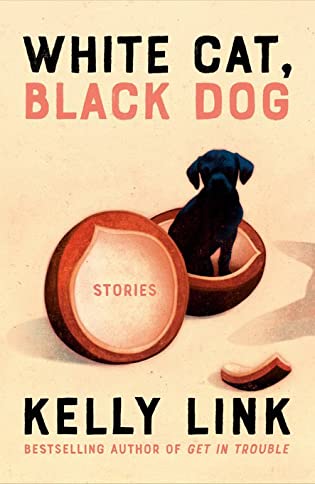 White Cat, Black Dog: Stories by
White Cat, Black Dog: Stories by 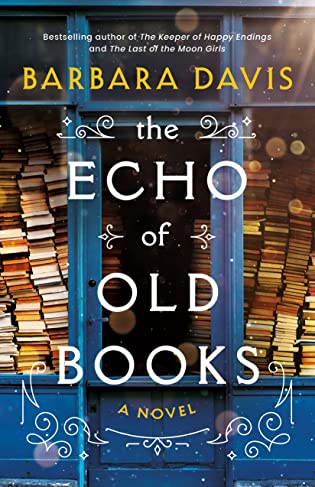 The Echo of Old Books by
The Echo of Old Books by 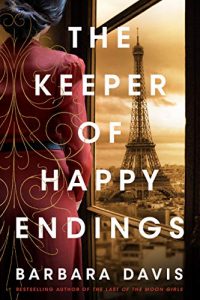 And their own searing, scarring pasts. The more we learn about both couples, the more we hope for HEAs all around – no matter how impossible that might seem. We become invested in both stories every bit as much as Ashlyn does Belle’s.
And their own searing, scarring pasts. The more we learn about both couples, the more we hope for HEAs all around – no matter how impossible that might seem. We become invested in both stories every bit as much as Ashlyn does Belle’s.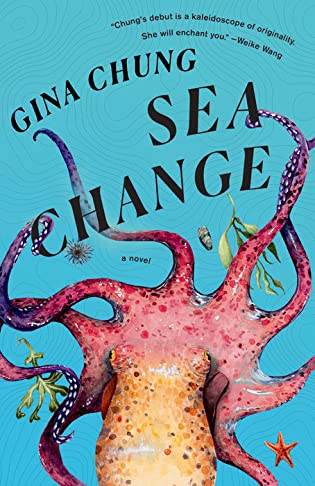 Sea Change by
Sea Change by 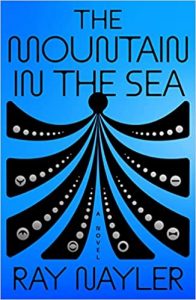 (It’s not specified exactly where or what this is, but it seems likely to be a combination of or an intrusion into the Bering Sea by the existing Polar Vortex. I could be completely off-base. One of the frustrating things about Sea Change is that it seems to be set in a near-future of our current world, but just how near or far is confusingly obscured. There are people who remember the song Hotel California from their own youth – as I do – but climate change is considerably further amuck than current conditions and a colony spaceship to MARS lifts off during the course of the story. The near-ish future setting of
(It’s not specified exactly where or what this is, but it seems likely to be a combination of or an intrusion into the Bering Sea by the existing Polar Vortex. I could be completely off-base. One of the frustrating things about Sea Change is that it seems to be set in a near-future of our current world, but just how near or far is confusingly obscured. There are people who remember the song Hotel California from their own youth – as I do – but climate change is considerably further amuck than current conditions and a colony spaceship to MARS lifts off during the course of the story. The near-ish future setting of 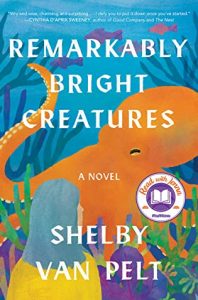 Escape Rating C+: For this reader, Sea Change was just ‘Too much Ro and not enough Lo’ as I said near the top. I hoped this would tilt more to the magical realism side of the equation, so that Dolores could be more of a character. Because Marcellus was so much of a character,
Escape Rating C+: For this reader, Sea Change was just ‘Too much Ro and not enough Lo’ as I said near the top. I hoped this would tilt more to the magical realism side of the equation, so that Dolores could be more of a character. Because Marcellus was so much of a character, 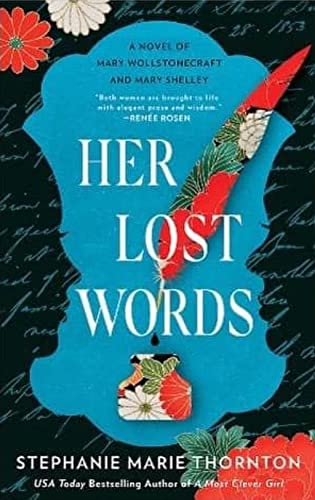 Her Lost Words: A Novel of Mary Wollstonecraft and Mary Shelley by
Her Lost Words: A Novel of Mary Wollstonecraft and Mary Shelley by  But the tides of history turn, and for more than a century after Mary Shelley’s death it was HER great work that captured the limelight – and much of the popular imagination – while her mother’s achievements were covered in the shadows cast by her daughter’s monster, the doctor who made him and the literary genre they started.
But the tides of history turn, and for more than a century after Mary Shelley’s death it was HER great work that captured the limelight – and much of the popular imagination – while her mother’s achievements were covered in the shadows cast by her daughter’s monster, the doctor who made him and the literary genre they started.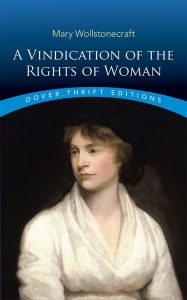 Escape Rating B: Someone needs to do a literary survey of just how many fictional and even non-fictional biographies of famous women in history begin with a dramatic scene of parental or spousal abuse. Not that I do not believe it’s true in the case of the older Mary, more that it should be telling in a profound way that it happened so damn frequently but somehow that message never seems to penetrate the male psyche. Which is a part of what made
Escape Rating B: Someone needs to do a literary survey of just how many fictional and even non-fictional biographies of famous women in history begin with a dramatic scene of parental or spousal abuse. Not that I do not believe it’s true in the case of the older Mary, more that it should be telling in a profound way that it happened so damn frequently but somehow that message never seems to penetrate the male psyche. Which is a part of what made 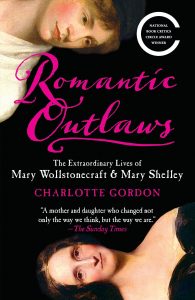 I wanted to be all in on this one and I just wasn’t. I’m still interested in Wollstonecraft and Shelley, and will probably refer myself to
I wanted to be all in on this one and I just wasn’t. I’m still interested in Wollstonecraft and Shelley, and will probably refer myself to 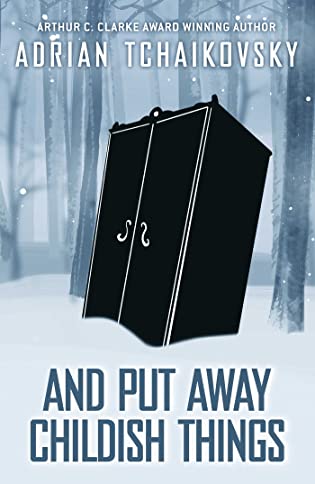 And Put Away Childish Things by
And Put Away Childish Things by 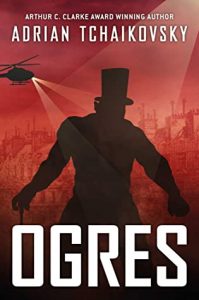 Instead, And Put Away Childish Things mixes the central theme of
Instead, And Put Away Childish Things mixes the central theme of 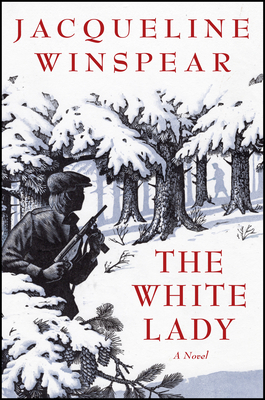 The White Lady by
The White Lady by 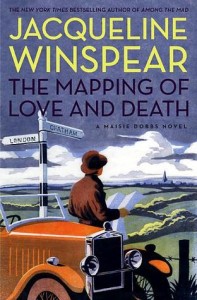 For the past several years of her cases (since
For the past several years of her cases (since 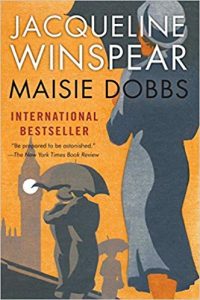 Escape Rating B: I ended this book with a LOT more mixed feelings than I expected going into it. I enjoy the
Escape Rating B: I ended this book with a LOT more mixed feelings than I expected going into it. I enjoy the 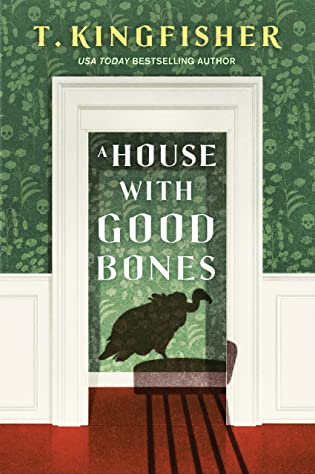 A House with Good Bones by
A House with Good Bones by 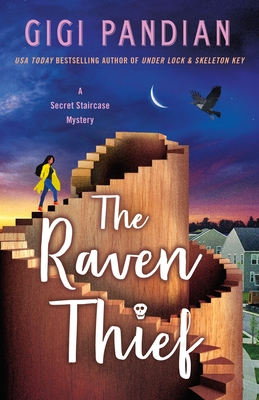 The Raven Thief (Secret Staircase Mystery, #2) by
The Raven Thief (Secret Staircase Mystery, #2) by 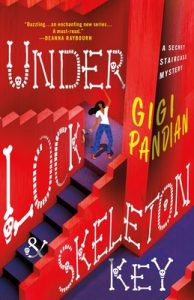 Leaving Tempest and her friends in the same position they found themselves in
Leaving Tempest and her friends in the same position they found themselves in  The New Guys: The Historic Class of Astronauts That Broke Barriers and Changed the Face of Space Travel by
The New Guys: The Historic Class of Astronauts That Broke Barriers and Changed the Face of Space Travel by  Just as Tom Wolfe’s
Just as Tom Wolfe’s 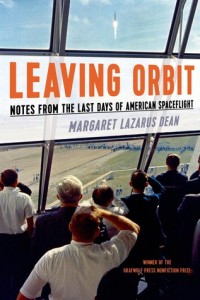 The story of The New Guys takes the TFNG from their earliest dreams of space to the ends of their careers. But there’s a wider context to the story of the space program as a whole, placing this book in the center between the machismo of Wolfe’s
The story of The New Guys takes the TFNG from their earliest dreams of space to the ends of their careers. But there’s a wider context to the story of the space program as a whole, placing this book in the center between the machismo of Wolfe’s